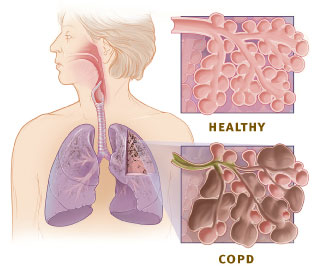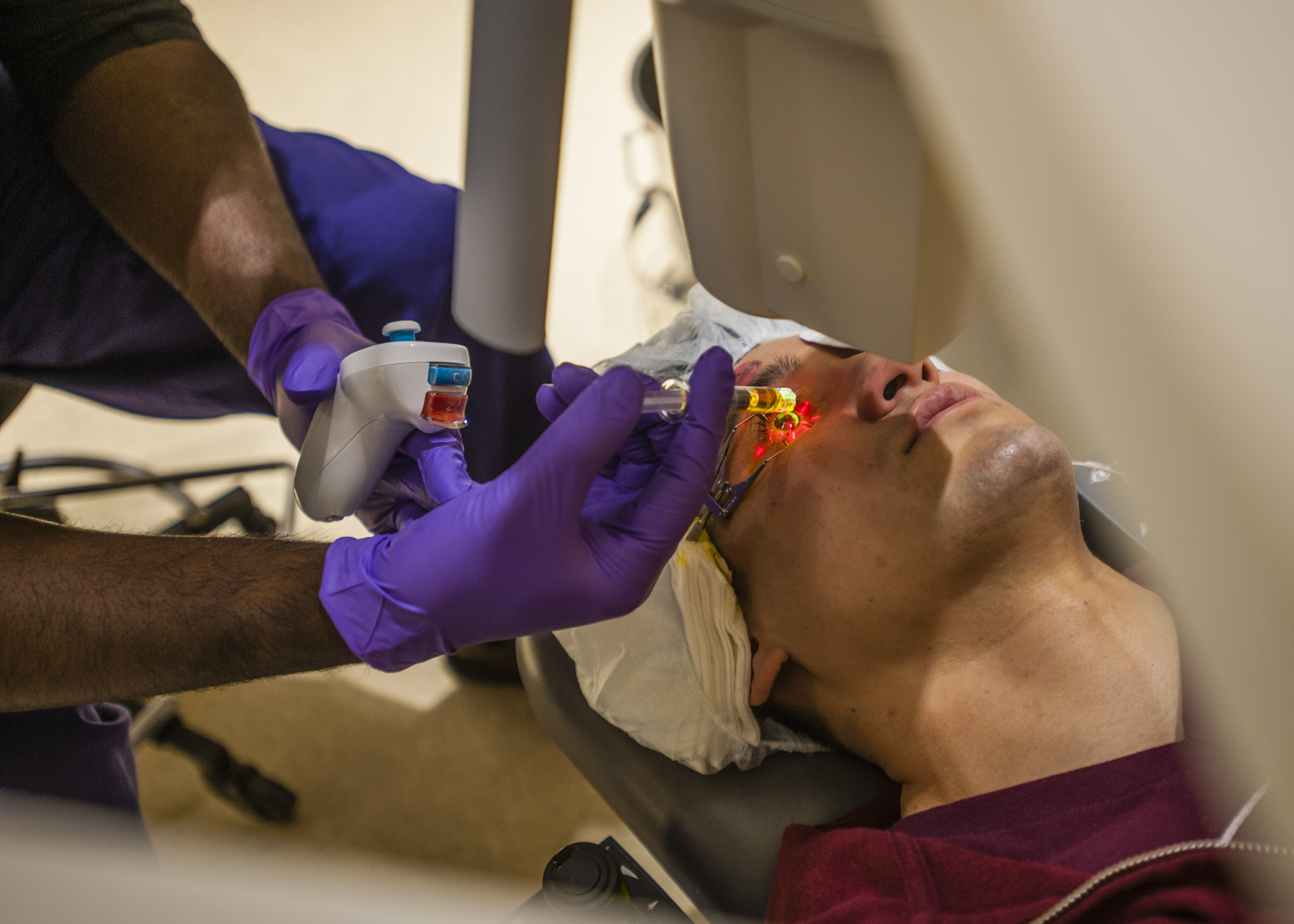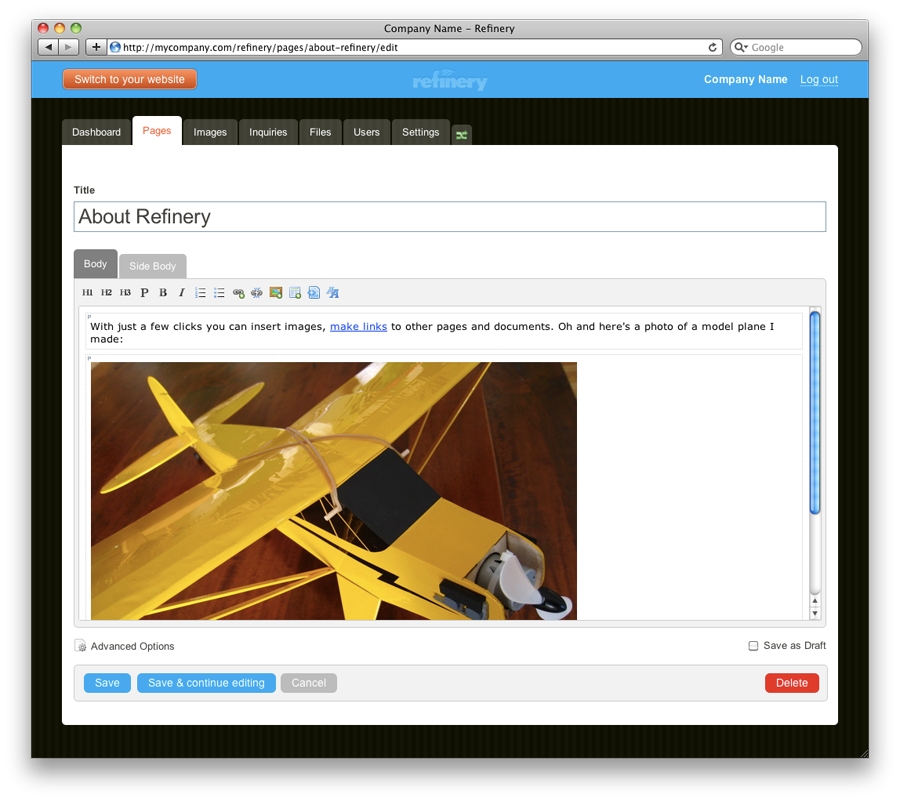Technologies Paving Way For The Future
For most of human history, technological progress took place at a relatively slow pace. It would take decades or even centuries for life to noticeably change between generations, but with the rapid progress made in the last sixty years, new technologies are being developed at an unprecedented rate. As we use new tech to build on earlier achievements, our collective future begins to look more and more different from the past. To help get a glimpse of what lies ahead, here are five core technologies paving the way for the future.
Artificial Intelligence
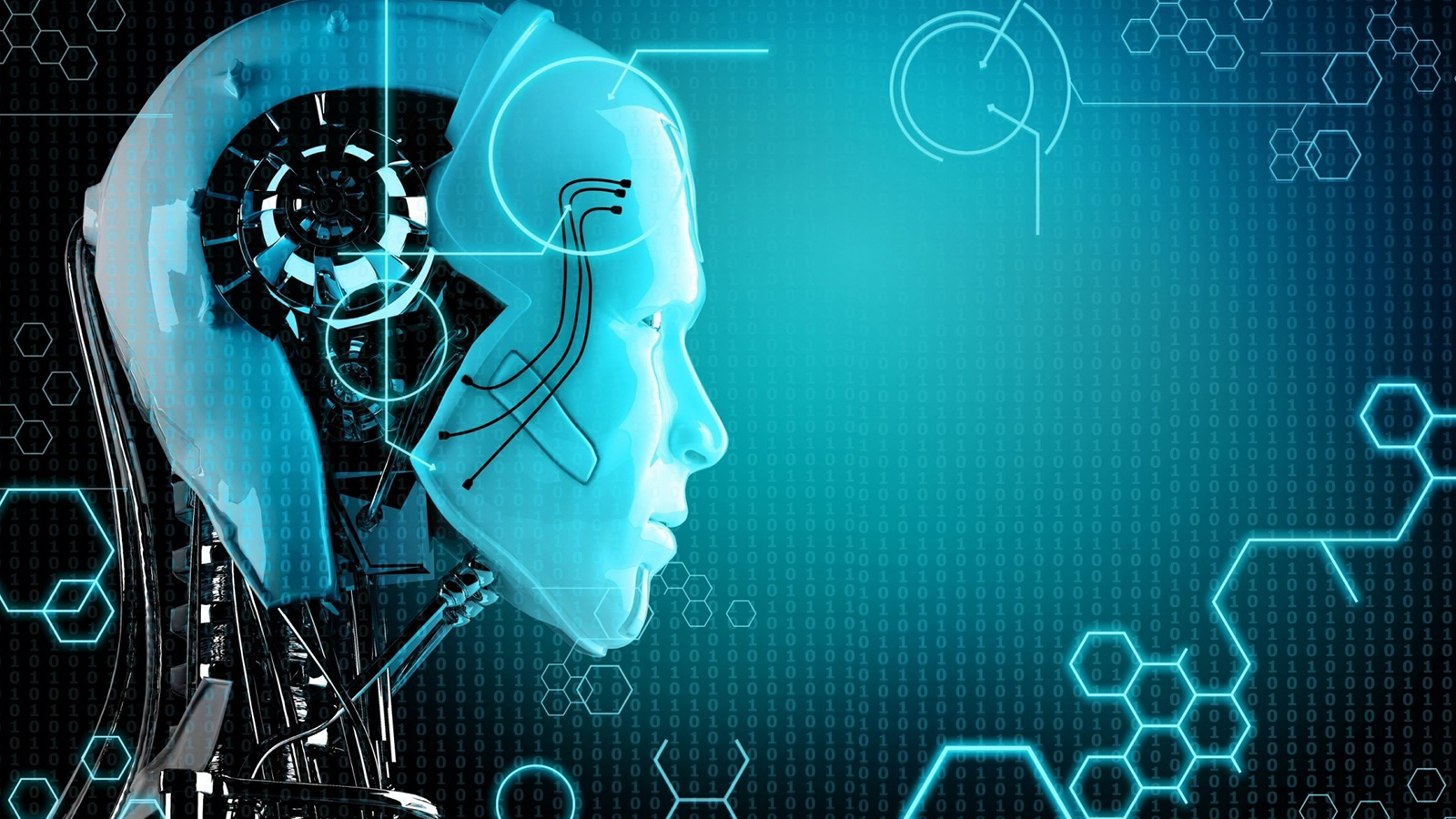
One of the most significant developments in recent years is the rapidly increasing sophistication of artificial intelligence programs (AI). In the past, AI systems were very inflexible and weren’t able to go beyond the knowledge and abilities of their creators. Today’s AI programs are built around learning algorithms. Rather than build in its capabilities from the start, AI programmers teach the system to learn from new information and to hone its abilities. With this learning-based paradigm, programs start off performing at sub-par levels. But with a few rounds of training, the system quickly improves itself, rapidly getting to a point where it reliably performs better than any human on a range of tasks. This trend has greatly expanded our capabilities in areas such as diagnosing disease, scientific discovery, navigation, tracking consumer preferences, and preventing crime.
Continue reading to learn about technology related to cryptocurrencies.
Distributed Ledger Technology
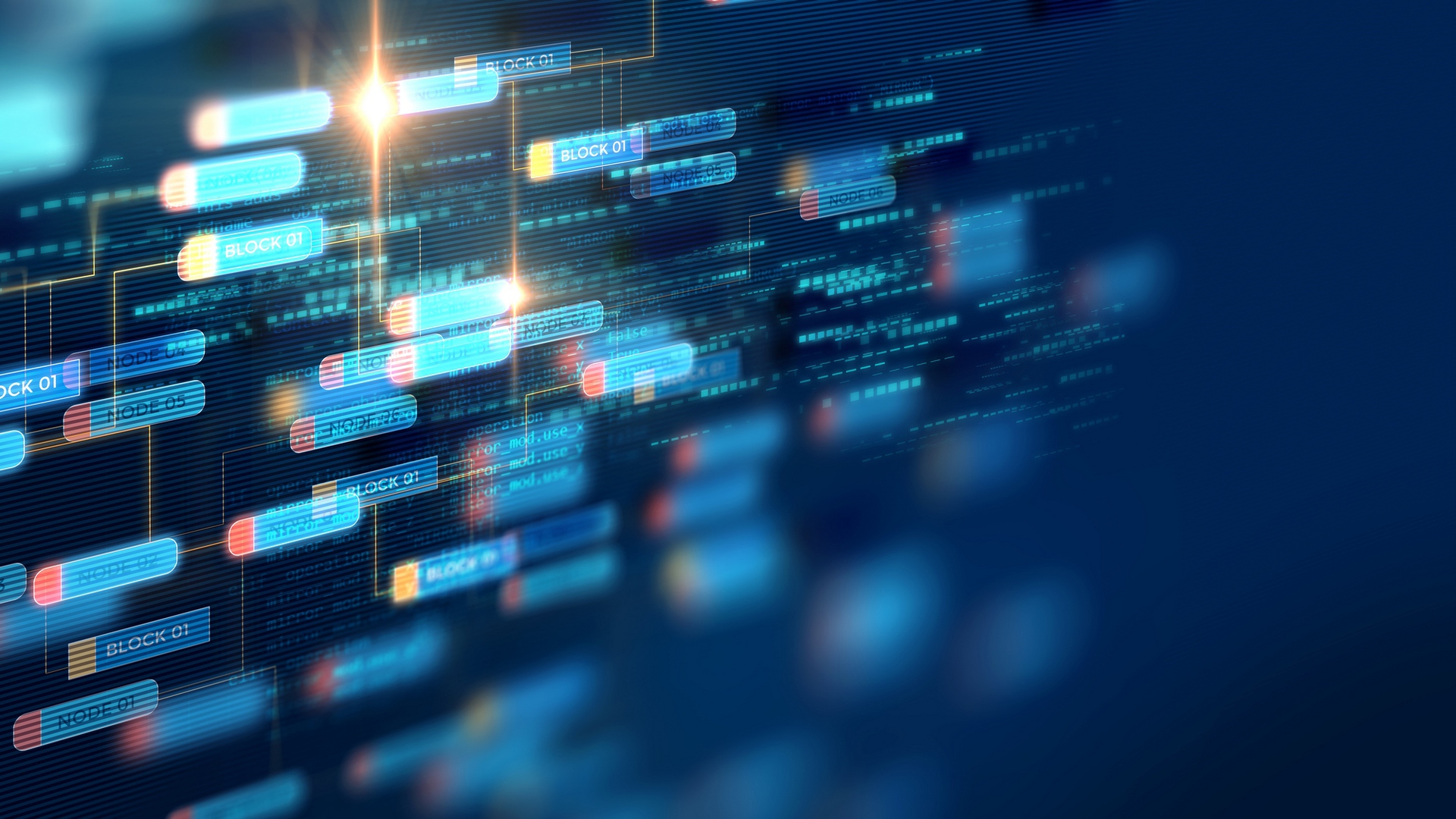
Even casual observers today have heard about cryptocurrencies. These digital currencies offer alternatives to traditional government-backed currencies and have taken the world by storm in recent years. The challenge facing those hoping to establish alternative currencies is gaining trust. While individuals may trust the bank notes backed by the federal government, it might take a little bit more to start trusting digital-based notes created by hackers, which is where distributed ledger technology comes in. It helps to solve the trust issue by keeping a public record of every transaction made with each note. That record, or 'ledger,' is kept on many computers at once (and so is 'distributed'). Each time that note changes hands, those distributed records are updated to reflect the change.
Continue reading to dive into a three-dimensional (3D) technology world.
3D Printing
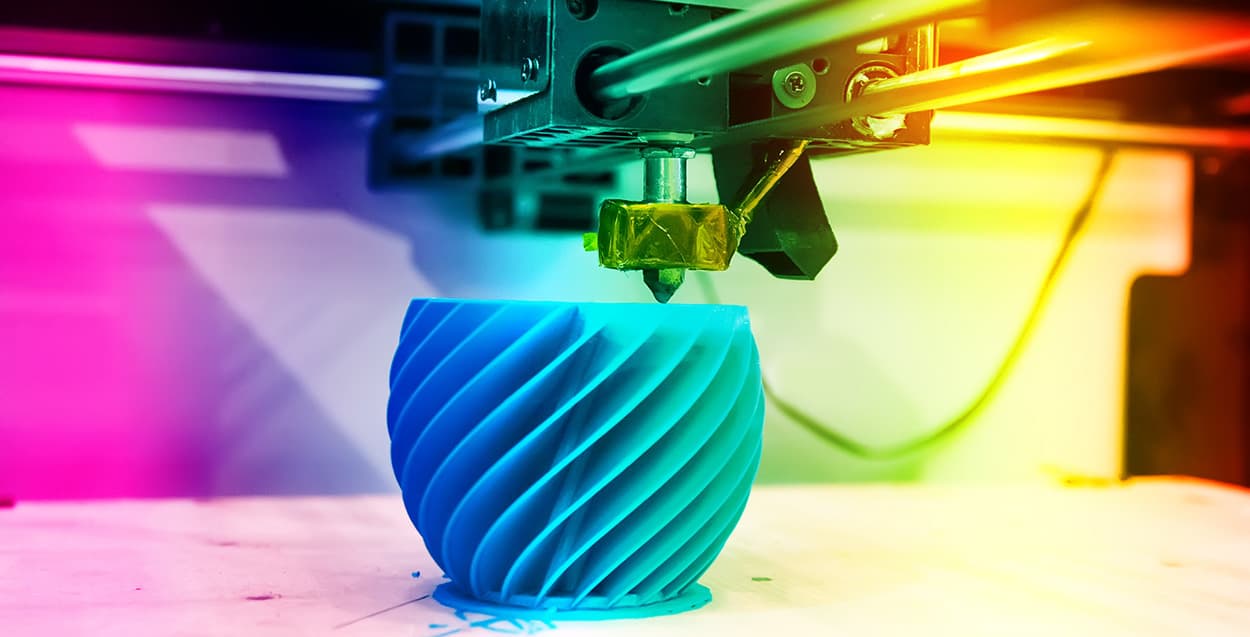
Another recent trend that has been making waves is 3D printing technology. In traditional manufacturing models, some small parts are made separately, often by pouring hot materials into casts and fastening the cooled parts together. With 3D printers, all of the pieces are assembled at once, and rather than using casts, the desired shape is created by the patterns in which layers of material are successively added on top of each other. One promising application of 3D printers is simplifying space travel. If you are going on a long voyage or visiting another planet, you have to decide what to bring with you: how many leg braces, how many extra gaskets, and so on. If you can just bring a 3D printer on your ship, you can print whatever you need whenever it's needed.
Head into another world without leaving this one and continue reading.
Virtual/Augmented Reality
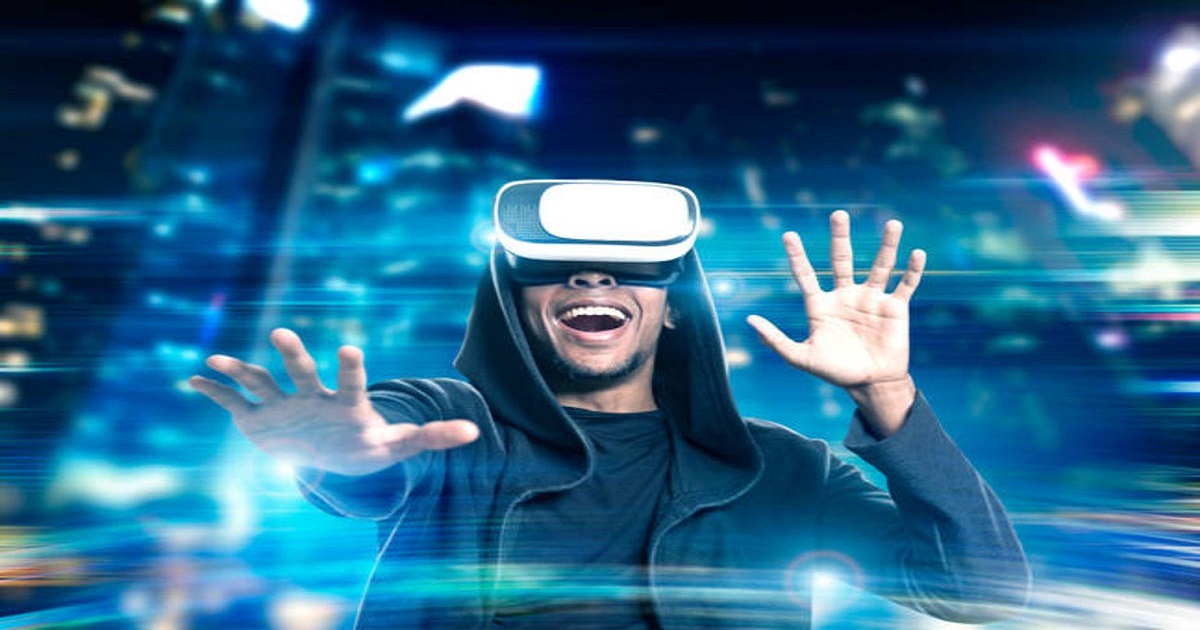
Many developers are investing heavily in virtual/augmented reality technologies. By this point, we are all familiar with the virtual worlds individuals can explore in video games and simulations. The majority of individuals love this form of escape, and the gaming industry has been booming in recent years. What virtual and augmented reality technologies do is try to draw us in further to the virtual world, by making these experiences as realistic as possible. Virtual reality systems are closer to traditional games, and the only difference is users are more deeply immersed in the fantasy world. Players might wear goggles to cover their field of vision, gloves to track their hand movements, and headphones to play sounds from the alternative reality.
Readdy for a new kind of Internet? Keep reading!
Internet Of Things (IoT)
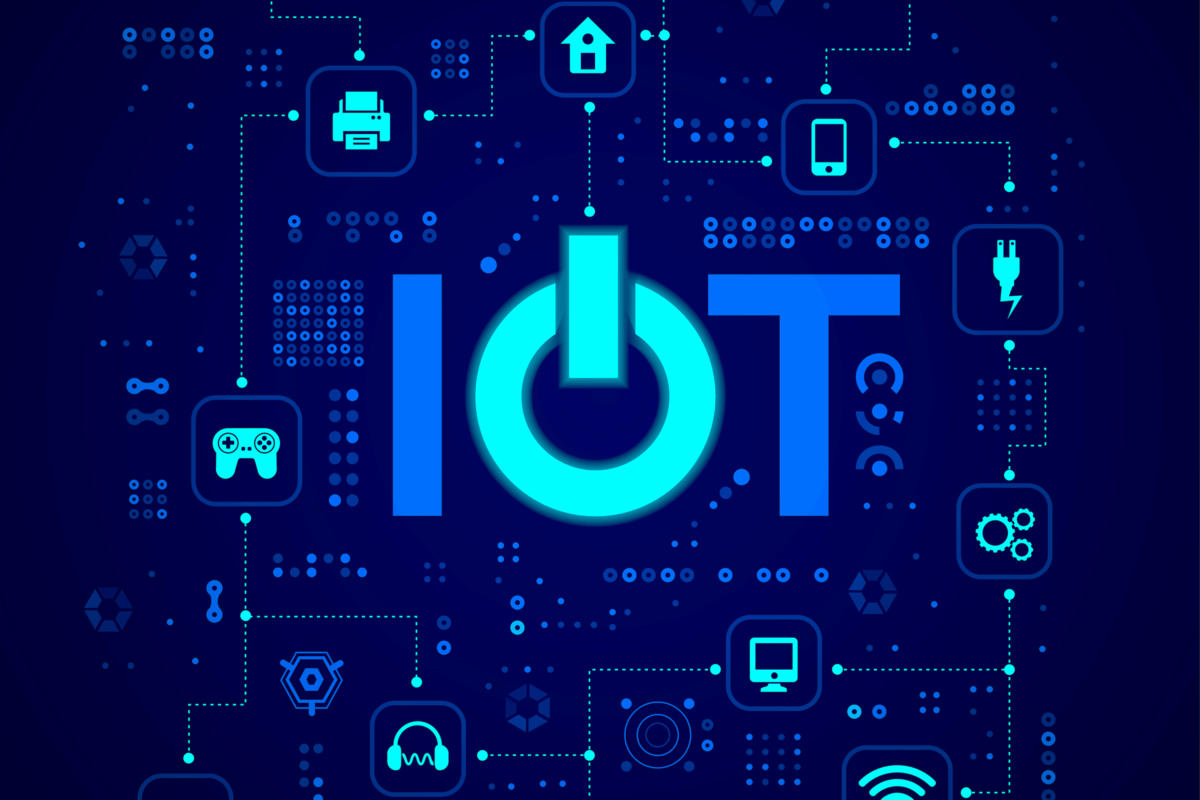
The Internet of Things (IoT) has really taken off in recent years, pushing the limits of consumer comfort and security. The IoT essentially refers to smart devices that can be linked together via the internet. This includes things such as thermostats, door locks, garage doors, home surveillance equipment, and digital personal assistants. Each of these is capable of being controlled using a central device, like a smartphone. This enables users to conveniently set up their environment how they like it. Moreover, as voice recognition has improved over the years, many of these systems are equipped with the capacity to control them without ever lifting a finger, just by issuing verbal commands.
